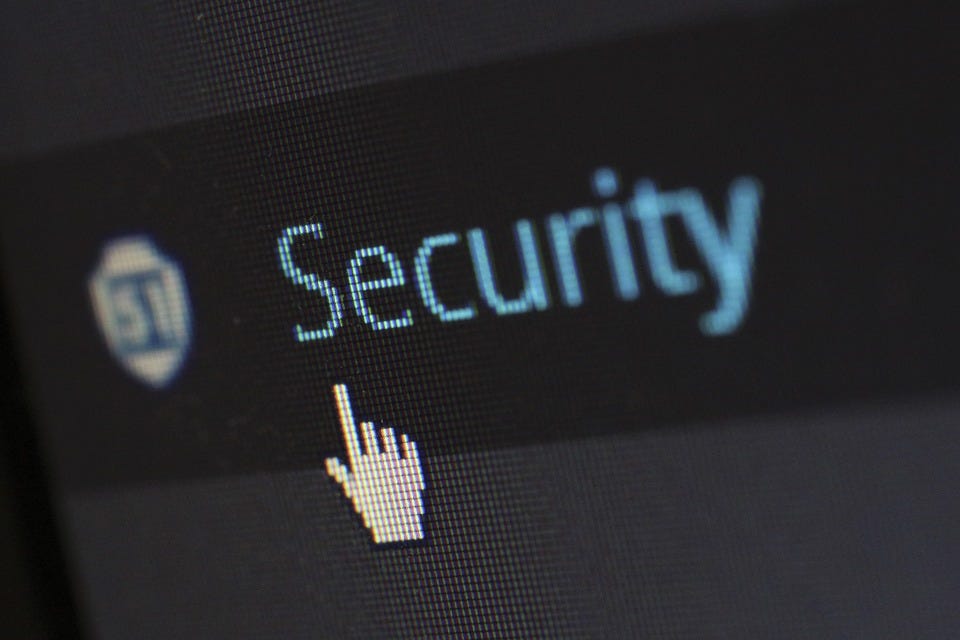Latest news about Bitcoin and all cryptocurrencies. Your daily crypto news habit.
The online world is full of threats — some are quite obvious, while others, like trojans and crypto-lockers, are complicated, less well known and are often incredibly insidious. Protecting your PC and all your personal data contained within is a constantly changing task and, often, the hardest part of increasing your security is knowing where to start. So what threats do you face? And what can you do to mitigate these dangers safely and pre-emptively?
The Threats
To start with, we should discuss the types of threats most commonly faced by individuals, where there is overlap and what each threat does and hopes to achieve. Understanding this will make your job a lot easier.
Fraud is the most common threat you will face by far, with pharming and phishing being key components and names in this particular game. A fraud attack aims to trick the user into revealing personal data or providing information which can then be used to access personal data. Data can then be sold on to third parties or used maliciously by the original fraudster.
Malware is any time of program that aims to damage your computer or steal data. Within malware programs are different classifications. For example, viruses, trojans, spyware, crypto-lockers and so forth are all malware, but malware isn’t just one of these items. Viruses are generic malicious programs which aim to infect your computer to damage or steal data. Viruses become trojans when they disguise themselves as or within another program, hence the term ‘trojan horse’.
A crypto-locker or ‘ransomware’ is a type of malware designed to restrict access to your computer by encoding your files and demanding a payment for the decryption key. Crypto-lockers have recently been thrust into the spotlight when the WannaCry ransomware malware crippled the British National Health Service, alongside a significant portion of Europe. Spyware is a virus that provides those employing it with information based on how you are using your computer.
The last prominent type of attacks are manual hacking attacks. The most common of these is personal fraud, where an individual specifically targets you and uses the information on your social media accounts to impersonate you, recover your passwords and acquire your data.
Anti-virus or Anti-malware?
This is a common point of confusion for many individuals. Anti-malware is a program that provides protection from all malware; anti-virus programs provide protection from virus programs but not all malware. These two programs are not necessarily distinct anymore, with anti-virus programs like AVG providing support for viruses, spyware, ransomware and a whole host of other malware, as found in Secure Thought’s recent AVG review.
As such it’s best to check what your anti-virus or anti-malware programs cover, and whether it’s worth using both, since companies develop both as compatible with each other. It is important to note, however, that while certain anti-malware and anti-virus programs work well together, anti-virus programs do not work well with other anti-virus programs and vice versa. Running two of the same can actually damage your computer.
What Can You Do?
First and foremost, install compatible anti-virus and anti-malware programs. Afterwards, you can consider your other options. Consider using internet browsers like Firefox or Google Chrome that have in-built anti-fraud software, and also run an adblocker addon to prevent malicious and possibly pharming advertisements from being visible on your browsers.
It is also incredibly important to keep an external hard drive or some form of cloud-based storage that you can run regular and automated backups to from your computer. Should your computer be infected by a virus like ransomware, the easiest way of fixing it is to simply roll your computer back to a previous backup.
Lastly, if you’re worried your computer may be infected by a subtle malware like spyware, consider getting a registry cleaner program to remove it. Registry cleaners check your hidden computer memory (the registry) and safely remove programs for you. Should you attempt to remove viruses from the registry yourself you can do significant and irreversible damage to your computer.
Computer threats are everywhere and, hopefully, now you’re a little more clued up on what they are and how you can deal with them. However, don’t worry too much! As long as you take an active interest in your computer’s security and take the steps presented above to shore up your defences, your computer will be absolutely fine.
Top Threats to your Computer and How to Deal with Them was originally published in Hacker Noon on Medium, where people are continuing the conversation by highlighting and responding to this story.
Disclaimer
The views and opinions expressed in this article are solely those of the authors and do not reflect the views of Bitcoin Insider. Every investment and trading move involves risk - this is especially true for cryptocurrencies given their volatility. We strongly advise our readers to conduct their own research when making a decision.

